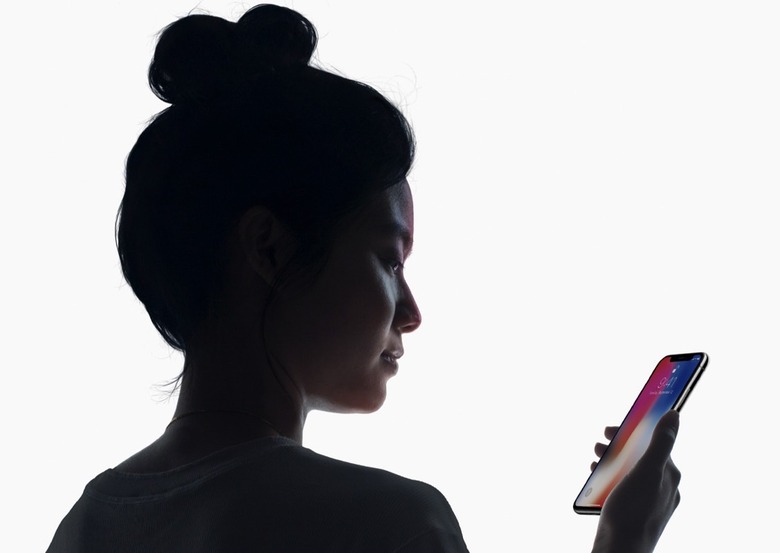Insider Says One Of The iPhone's Most Sophisticated Features Is Coming To MacBooks
Apple hasn't added Face ID to any MacBook or Mac model, despite launching its 3D face recognition system nearly four years ago. Face ID is a unique authentication solution in the industry, with only a handful of companies having tried to replicate it. Most Android vendors have focused on placing a fingerprint sensor under the display, a technology more readily available and easier to implement than 3D face recognition. Even Google abandoned its Face ID alternative after just a year of use. An insider says Apple will eventually add Face ID to all iPhone, iPad, and Mac. The upgrade could happen within the next two years.
Apple launches up to five distinct iPhone versions each year right now, but it doesn't refresh the iPhone SE every year. Next year's iPhone SE 3 should not feature Face ID support, according to recent reports. But that might happen in the future if Bloomberg's Mark Gurman prediction comes true.
Face ID on MacBooks
The well-known Apple insider said in the latest installment of the PowerOn newsletter (via MacRumors) that Touch ID remains an alternative to Face ID for lower devices for the time being:
But I expect that to eventually change. It won't happen this year, but I'd bet Face ID on the Mac is coming within a couple of years. I expect all iPhones and iPads to transition to Face ID within that timeframe, too. Eventually, a camera embedded in the screen would help differentiate Apple's pricier devices by eliminating the notch at the top. The facial recognition sensor gives Apple two central features: security and augmented reality. Touch ID, more convenient or not, only provides the former.
Placing the Face ID sensors on a MacBook might be the biggest challenge for Apple of all the devices that could support 3D face recognition. That's because the MacBook Air and Pro have thin displays, and the current Face ID sensors require more space. The iPhone and iPad are thicker than that. So are iMacs.
Face ID is only available on the iPad Pro models when it comes to Apple's tablet. But Apple released a redesigned the iPad Air last year, giving the mid-range device the same thin bezel as the iPad Pro. The iPad mini 6 might follow this year. These design changes might help Apple transition to Face ID in the future.
Why 3D face recognition on Macs is so exciting
While Macs ship with Touch ID support, Face ID would be an even better upgrade. A 3D face recognition system would provide continuous, passive, secure authentication. Need to sign in to an app or website on your MacBook? Face ID does it as long as you're sitting in front of the computer. The same goes for online payments and even Mac unlock. You won't have to actively press the Touch ID sensor for authentication. It'll all work when you need it, just like what happens on the iPhone and iPad Pro.
Face ID will make password management even easier on MacBook and more secure than it is now. Pair it with 1Password, or a similar app, and you won't have to remember any of the unique, strong, passwords you've set with your website. Again, the same thing is already available on iPhone and iPad.
